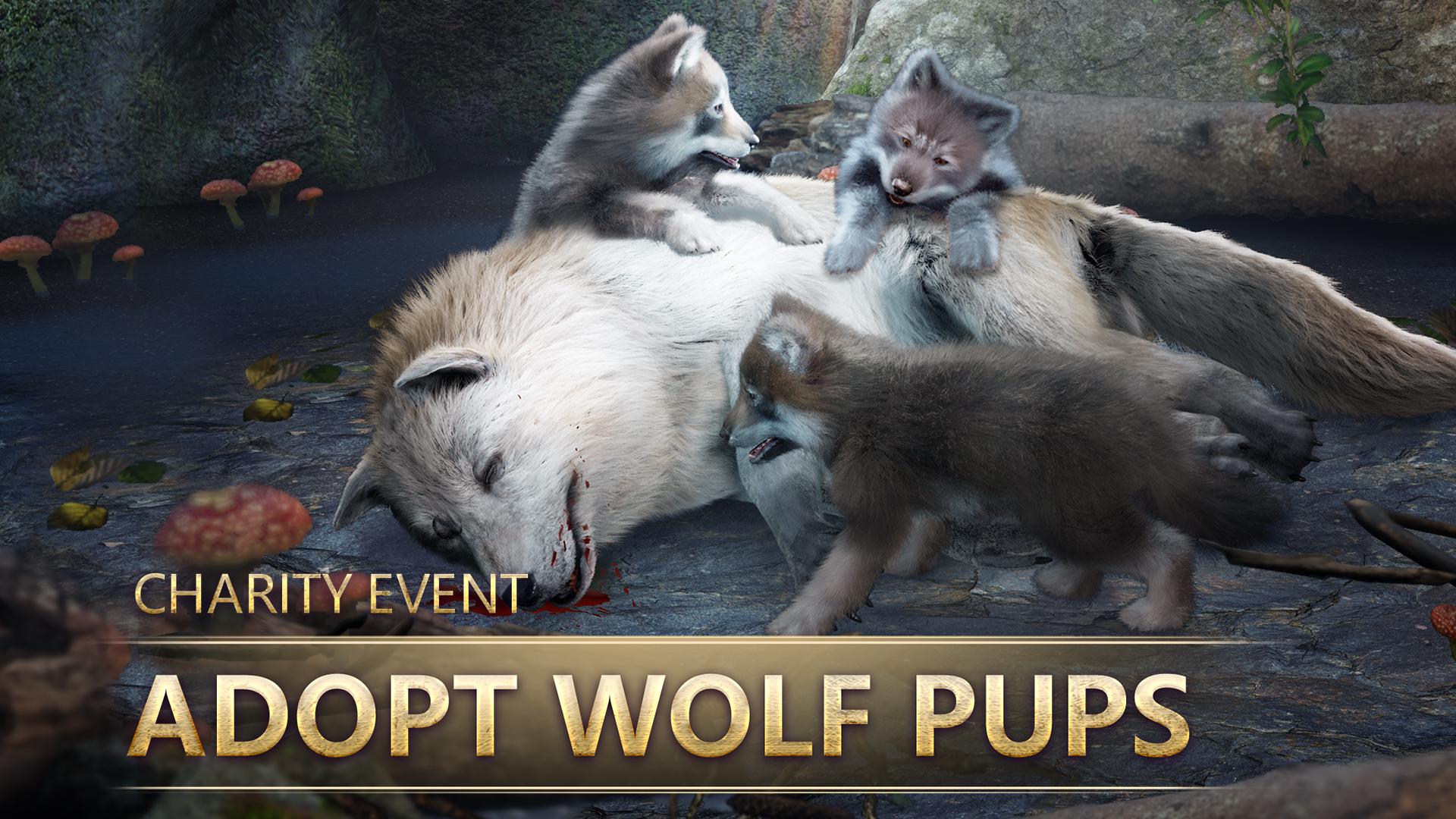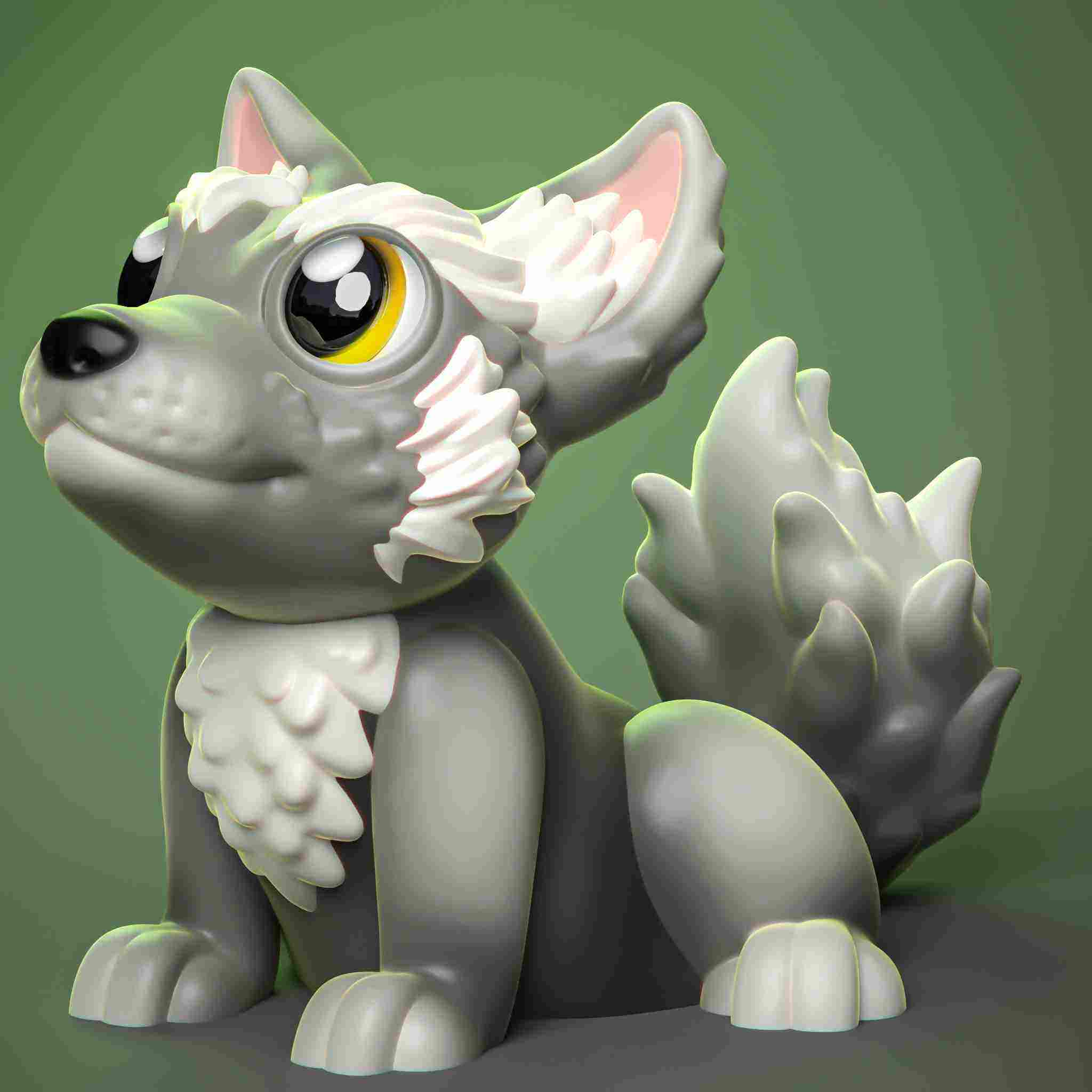Wolf Spider Pet: The Ultimate Guide to Owning and Caring for Your Furry Friend
Guide or Summary:Introduction to Wolf Spider PetsSelecting Your Wolf Spider PetSetting Up the Perfect HabitatNutrition and HydrationHealth and CareWolf Spid……
Guide or Summary:
- Introduction to Wolf Spider Pets
- Selecting Your Wolf Spider Pet
- Setting Up the Perfect Habitat
- Nutrition and Hydration
- Health and Care
Wolf Spider Pet – A Comprehensive Guide to Owning and Caring for Your Furry Friend
As the popularity of exotic pets continues to grow, the wolf spider has emerged as a fascinating choice for many enthusiasts. With their striking resemblance to their larger cousins, these arachnids offer a unique and captivating experience for those willing to dive into the world of invertebrates. This ultimate guide to owning and caring for your furry friend will provide you with all the essential information you need to ensure your wolf spider pet thrives in captivity.
Introduction to Wolf Spider Pets
Wolf spiders belong to the family Lycosidae and are known for their distinctive appearance, with a large, robust body and long, spindly legs. Unlike many other spiders, wolf spiders are diurnal, meaning they are active during the day. This makes them a particularly interesting choice for pet owners who are awake and active during the daytime.

Selecting Your Wolf Spider Pet
When selecting your wolf spider pet, it's important to choose a healthy, active individual. Look for a spider with a shiny, vibrant coloration and a well-defined body structure. Avoid spiders that appear lethargic or show signs of illness, such as discoloration or a lack of appetite.
Setting Up the Perfect Habitat
Creating a suitable habitat for your wolf spider pet is crucial for their well-being. Wolf spiders require a terrarium that mimics their natural environment, complete with hiding spots, climbing structures, and a substrate that mimics their natural habitat.
The terrarium should be spacious enough to allow your spider to move around freely. A substrate of coconut coir or sphagnum moss is ideal, as it provides a natural environment and helps retain moisture. Additionally, a water dish should be provided, as wolf spiders appreciate the opportunity to soak in water.

Nutrition and Hydration
Wolf spiders are carnivorous and require a diet rich in insects and other small invertebrates. Live mealworms, crickets, and waxworms are excellent choices. It's important to provide a varied diet to ensure your spider receives all the necessary nutrients.
Hydration is equally important. A shallow dish of water should be provided in the terrarium, and the substrate should be kept moist to allow for proper hydration.
Health and Care
Regular health checks are essential for maintaining the well-being of your wolf spider pet. Look for signs of illness, such as lethargy, discoloration, or a lack of appetite. Additionally, it's important to monitor the humidity levels in the terrarium to ensure it remains within the optimal range for your spider.

Wolf spiders are generally low-maintenance pets, but regular cleaning of their habitat is necessary to maintain a healthy environment. The substrate should be changed every few months, and any dead or uneaten prey should be removed promptly.
Owning a wolf spider pet can be a rewarding and educational experience. By providing a suitable habitat, a varied diet, and regular care, you can ensure that your furry friend thrives in captivity. Remember to approach your wolf spider with respect and handle them gently to build trust and ensure their well-being. With proper care and attention, your wolf spider pet can provide years of companionship and fascination.